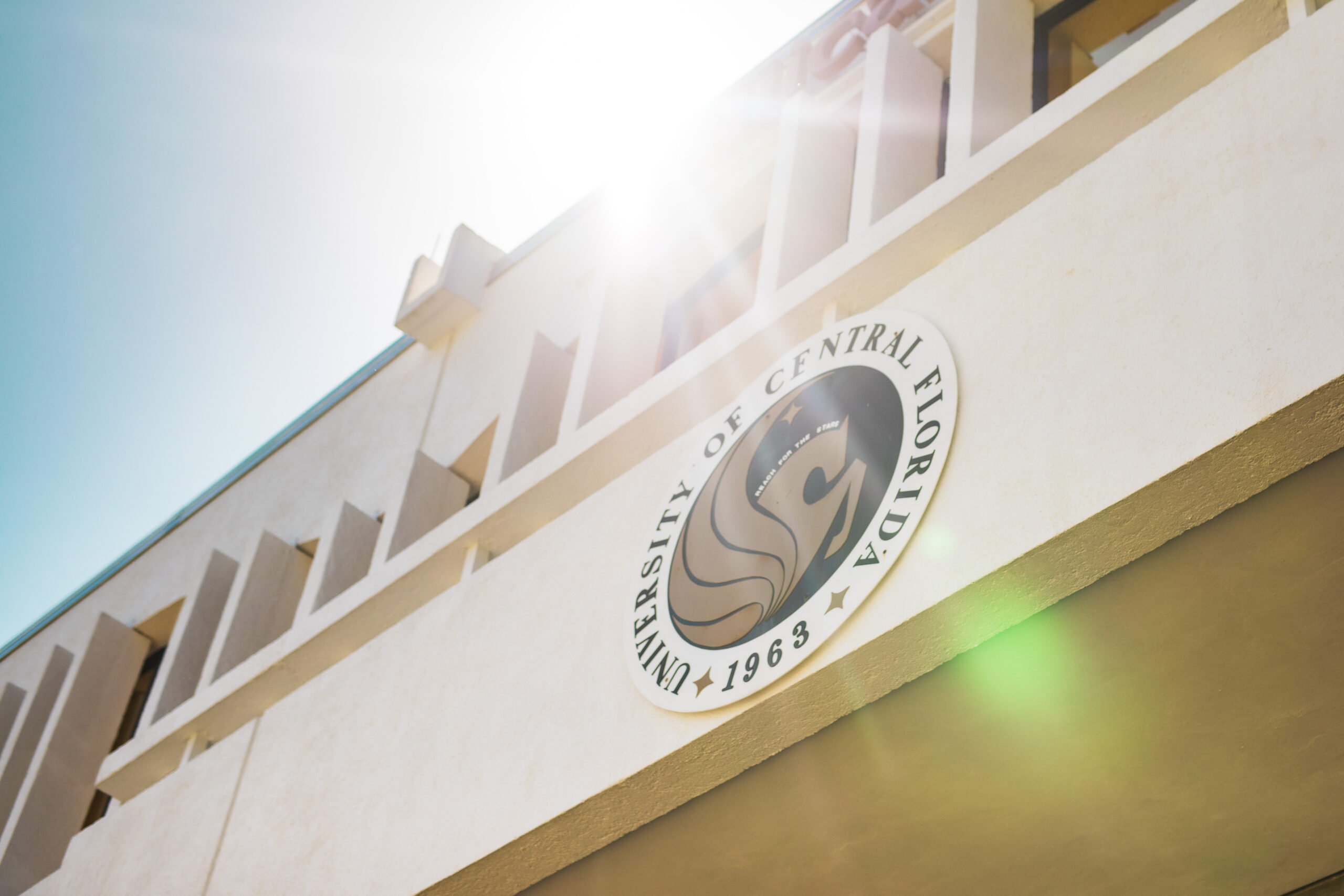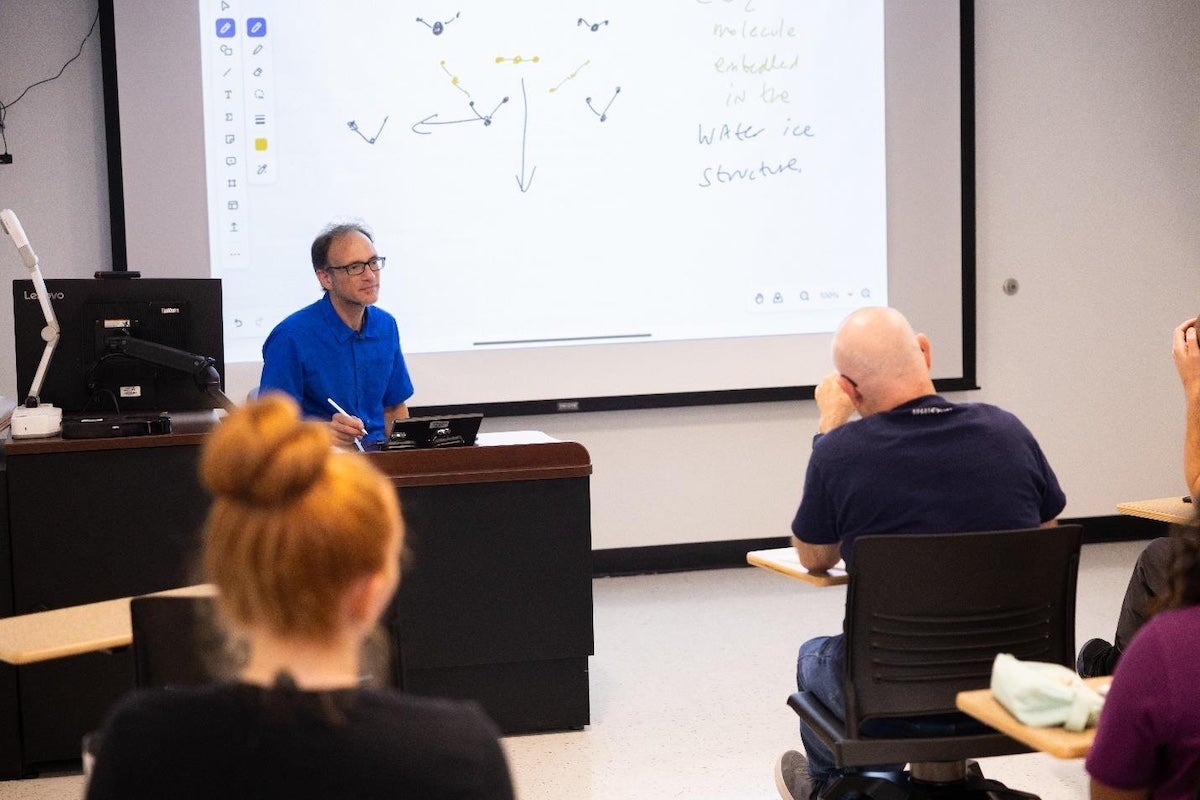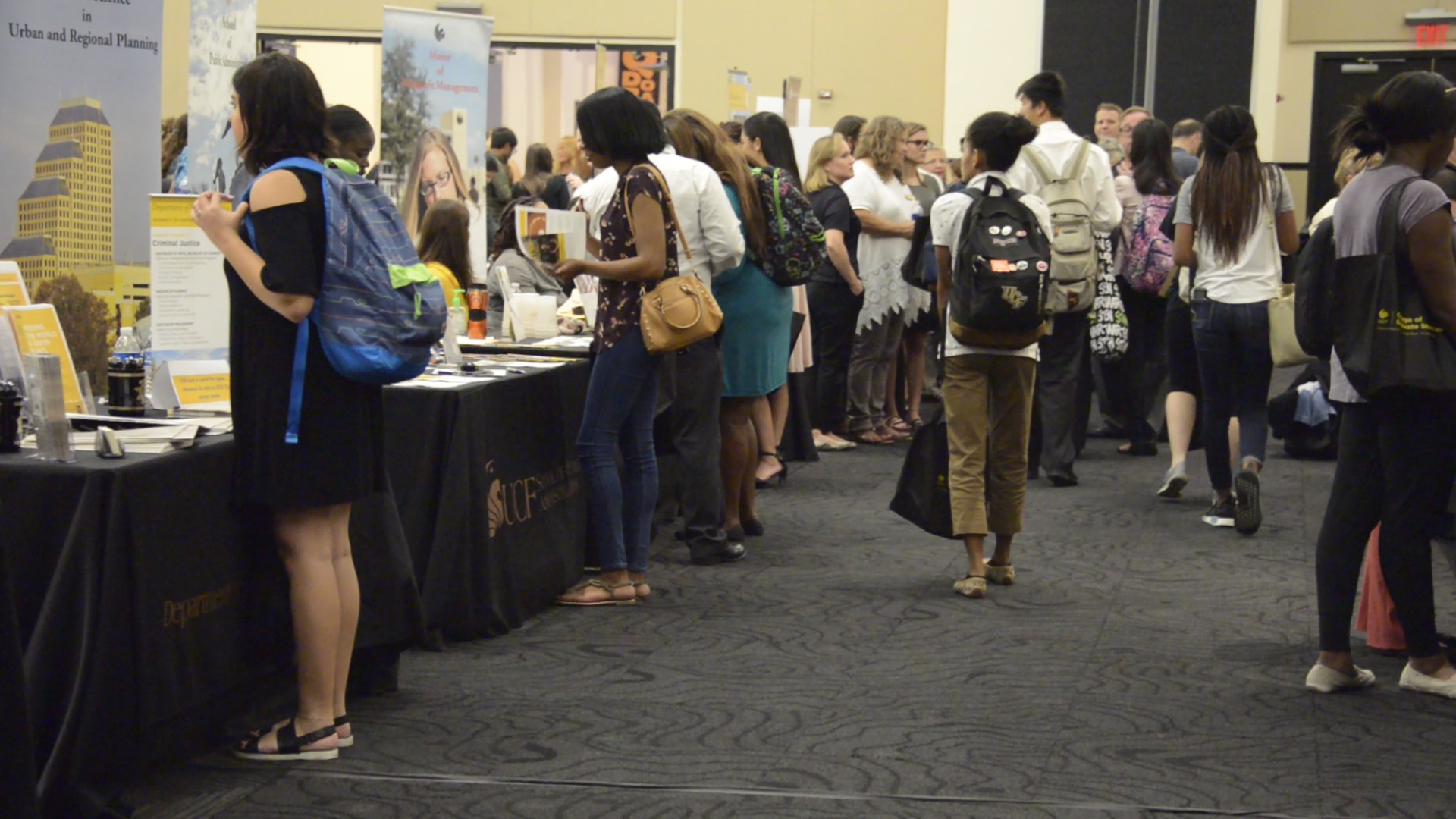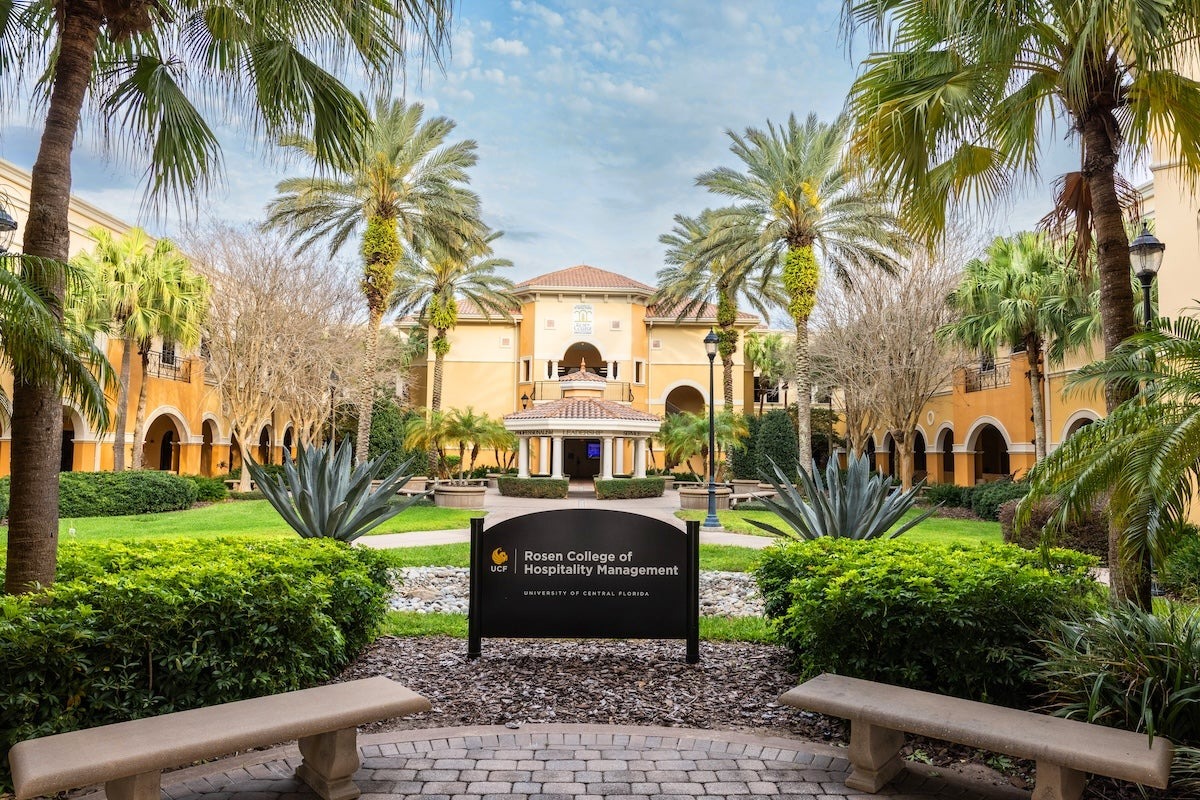UCF Researchers Generate Attosecond Light from Industrial Laser
niversity of Central Florida researchers are making the cutting-edge field of attosecond science more accessible to researchers from all disciplines.
Their method to help open up the field is detailed in a new study published today in the journal Science Advances.
An attosecond is one-billionth of a billionth of a second, and the ability to make measurements with attosecond precision allows researchers to study the fast motion of electrons inside atoms and molecules at their natural time scale.
Measuring this fast motion can help researchers understand fundamental aspects of how light interacts with matter, which can inform efforts to harvest solar energy for power generation, detect chemical and biological weapons, perform medical diagnostics and more.

“One of the main challenges of attosecond science is that it relies on world-class laser facilities,” says Michael Chini, an associate professor in UCF’s Department of Physics and the study’s principal investigator. “We are fortunate to have one here at UCF, and there are probably another dozen worldwide. But unfortunately, none of them are truly operated as ‘user facilities,’ where scientists from other fields can come in and use them for research.”
This lack of access creates a barrier for chemists, biologists, materials scientists, and others who could benefit from applying attosecond science techniques to their fields, Chini says.
“Our work is a big step in the direction of making attosecond pulses more broadly accessible,” Chini says. “We show that industrial-grade lasers, which can be purchased commercially from dozens of vendors with a price tag of around $100,000, can now be used to generate attosecond pulses.”
Chini says the setup is simple and can work with a wide variety of lasers with different parameters.
Attosecond science works somewhat like sonar or 3D laser mapping but at a much smaller scale. When an attosecond light pulse passes through a material, the interaction with electrons in the material distorts the pulse. Measuring these distortions allows researchers to construct images of the electrons and make movies of their motion.
Typically, scientists have used complex laser systems, requiring large laboratory facilities and clean-room environments, as the driving lasers for attosecond science.
Producing the extremely short light pulses needed for attosecond research – essentially consisting of only a single oscillation cycle of an electromagnetic wave – has further required propagating the laser through tubes filled with noble gases, such as xenon or argon, to further compress the pulses in time.
But Chini’s team has developed a way to get such few-cycle pulses out of more commonly available industrial-grade lasers, which previously could produce only much longer pulses.
They compress approximately 100-cycle pulses from the industrial-grade lasers by using molecular gases, such as nitrous oxide, in the tubes instead of noble gases and varying the length of the pulses they send through the gas. In their paper, they demonstrate compression to only 1.6 cycles, and single-cycle pulses are within reach of the technique, the researchers say.

The choice of gas and duration of the pulses is key, says John Beetar, a doctoral student in UCF’s Department of Physics and the study’s lead author.
“If the tube is filled with a molecular gas, and in particular gas of linear molecules, there can be an enhanced effect due to the tendency of the molecules to align with the laser field,” Beetar says.
“However, this alignment-caused enhancement is only present if the pulses are long enough to both induce the rotational alignment and experience the effect caused by it,” he says. “The choice of gas is important since the rotational alignment time is dependent on the inertia of the molecule, and to maximize the enhancement we want this to coincide with the duration of our laser pulses.”
“The reduction in complexity associated with using a commercial, industrial-grade laser could make attosecond science more approachable and could enable interdisciplinary applications by scientists with little to no laser background,” Beetar says.
Co-authors of the study also included M. Nrisimha Murty, a preeminent postdoctoral associate in UCF’s Department of Physics; Tran-Chau Truong, a doctoral student in UCF’s Department of Physics; Garima C. Nagar, a graduate student at Binghamton University; Yangyang Liu, a postdoctoral scholar in UCF’s Department of Physics; Jonathan Nesper, a doctoral student in UCF’s Department of Physics; Omar Suarez and Federico Rivas with UCF’s Central Florida Physics Research Exchange Program; Yi Wu, a postdoctoral researcher with joint appointments in UCF’s Department of Physics and UCF’s College of Optics and Photonics; and Bonggu Shim, an associate professor of physics, applied physics and astronomy at Binghamton University.
Chini received his doctorate in physics from the University of Central Florida and his bachelor’s in physics from McGill University. He has a secondary joint appointment at UCF’s College of Optics and Photonics and joined UCF’s Department of Physics, part of UCF’s College of Sciences, in 2015.
Share This Article

UCF Women’s Club Honors 3 Graduate Students with Prestigious Sheila B. Somerville Scholarship
Financial support is often the cornerstone of academic success, and for many students, scholarships open the door to higher education. Beyond easing financial stress, these awards provide recognition, motivation, and a...
Latest News

UCF Launches 1st Planetary and Space Sciences PhD Program in Florida
As SpaceU, UCF is pushing the boundaries of exploration by launching a groundbreaking new doctoral program in the planetary and space sciences. Now, aspiring researchers can apply to the inaugural cohort of...

UCF Fulbright Awardees Bring Their Passions to a Global Scale
Each year, the Fulbright Program offers opportunities for American students to conduct research, teach English, or pursue graduate study abroad. One of the most prestigious international exchange programs in the...

Unleash Opportunities with a UCF Graduate Degree
A graduate degree has the power to unleash opportunities by expanding careers, opening doors to new fields, and increasing lifetime earnings. According to the U.S. Bureau of Labor Statistics (2024),...

UCF Rosen College Ranks No. 1 in the World for Hospitality Education for 2025
One of the most anticipated theme parks in the world is about to open its gates — and right next door, the No. 1 hospitality and hotel management school on...